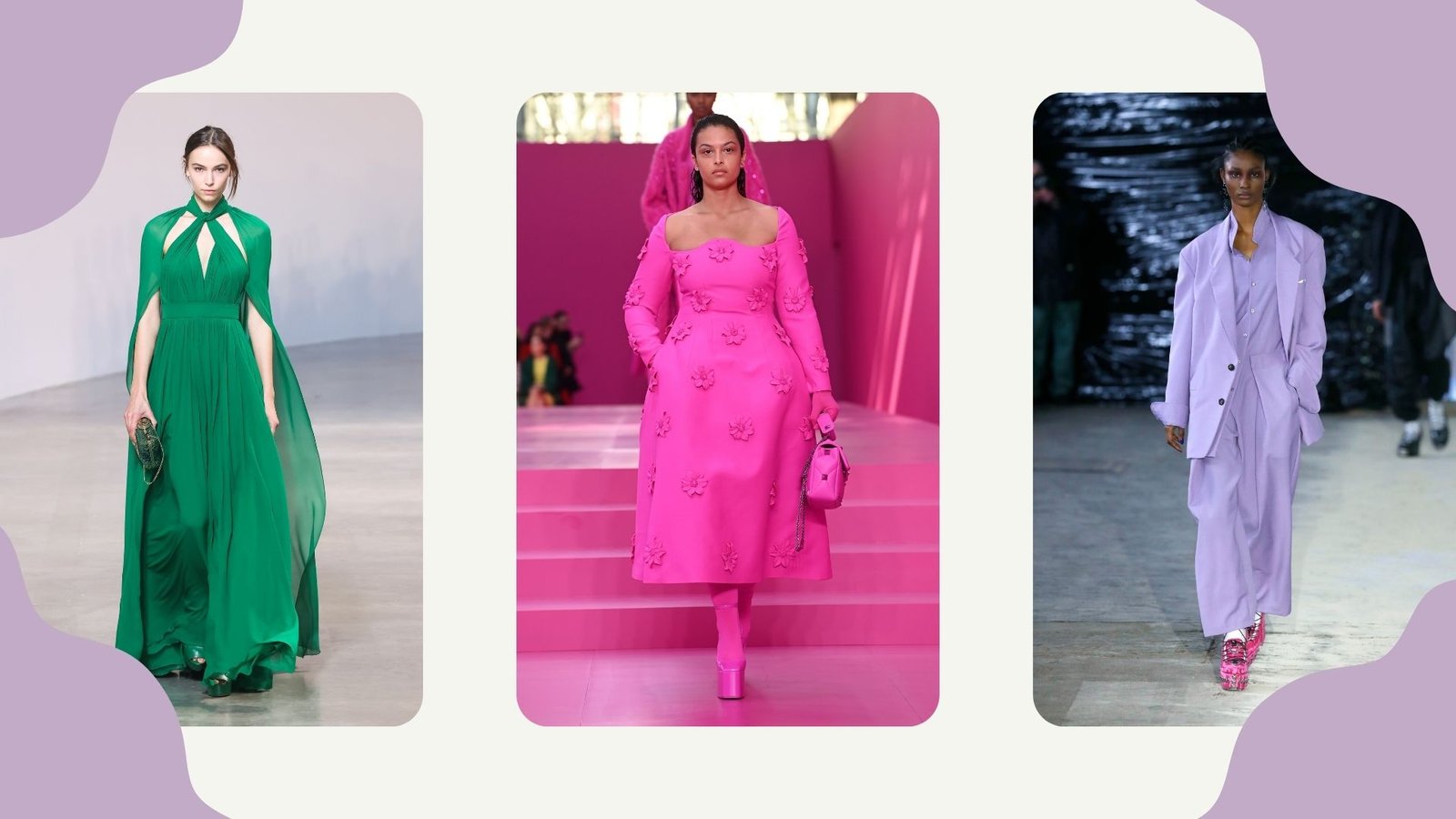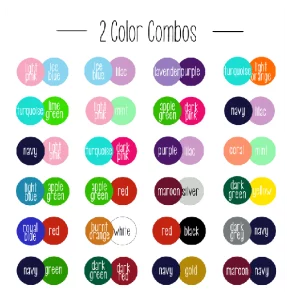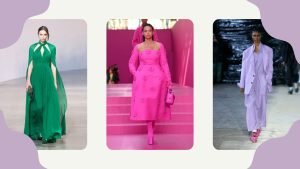Have you ever wondered why certain colors make you feel confident and powerful, while others leave you feeling dull and uninspired? The power of color psychology is a fascinating subject that has been studied for centuries. From the boldness of red to the tranquility of blue, each color has its own unique impact on our emotions and perceptions. In this article, we delve into the world of fashion and explore the question: what’s the best color to wear? Get ready to discover how choosing the right hue can not only enhance your appearance but also boost your mood and influence those around you.
The Psychological Impact Of Color On Mood
Different colors have the power to evoke various emotions and moods within us. For instance, wearing shades of blue can promote a sense of calmness and tranquility, perfect for those chaotic days when you need to find your inner peace. On the other hand, donning vibrant reds or yellows can elicit feelings of energy and excitement, adding a cheerful boost to your day. The psychological impact of color on mood is undeniable; it influences how we feel both internally and how others perceive us externally.
Interestingly, even subtle variations in shades can have a profound impact on our emotions. Opting for soft pastel tones like lavender or mint green may create a gentle and serene atmosphere around you, fostering relaxation and serenity. Conversely, choosing bold and intense hues such as hot pink or electric purple might evoke a sense of confidence and empowerment. So why not experiment with different colors to see how they make you feel? You never know – that new outfit in just the right shade could be the key to transforming your mood positively!
In addition to influencing our personal mood, color choices also play an important role in social interactions. Ever wondered why certain establishments use warm colors like orange or brown? These earthy tones tend to create an inviting ambiance that encourages customers to linger longer or stimulates their appetite. Similarly, cool colors like green are often found in hospitals because they convey a sense of healing and calmness. Understanding the psychological impact of color can help us make intentional choices about what we wear based not only on
Cultural Significance Of Different Colors
Colors have always played a significant role in human cultures, often holding deep symbolic meaning. From the vibrant red associated with luck and good fortune in Chinese culture to the calming blue representing spirituality and healing in many Western societies, different colors hold diverse cultural significance. For example, in many African cultures, yellow is linked to wealth and prosperity due to its resemblance to gold. On the other hand, in Hinduism, orange represents purity and spiritual enlightenment.
Furthermore, colors can also evoke emotions and shape our perceptions of others. In Western societies, black is commonly associated with formality or mourning, while white represents purity or innocence. This cultural symbolism can be seen when considering traditional wedding attire; brides often wear white as a symbol of their purity and readiness for marriage.
Understanding the cultural significance of colors can help us navigate various social contexts more effectively. By paying attention to the meanings attached to different hues across different cultures, we can respectfully participate within them or use color symbolism deliberately for personal expression. Ultimately, by recognizing and appreciating these culturally significant associations of color, we gain a deeper understanding of how colors shape our worldviews and connect us through shared symbolism.
Complementary Colors And Their Visual Appeal
Complementary colors are a harmonious duo that exudes visual appeal. These pairs reside opposite each other on the color wheel, creating a stunning contrast when combined. Think of red and green, blue and orange, or purple and yellow. The intensity of their relationship lies in the fact that they intensify each other’s hue and draw attention like magnets.
Wearing complementary colors can make an outfit pop, as they create a striking impact on the viewer’s eye. For example, pairing a deep burgundy top with forest green trousers achieves not only color harmony but also creates a captivating effect. This combination adds depth and dimension to your overall look while simultaneously giving off an air of confidence and boldness.
One interesting aspect of complementary colors is their ability to enhance certain physical features. For instance, wearing shades of blue can help bring out the warmth in brown eyes or intensify cool undertones in fair skin. Similarly, if you want to highlight your dazzling smile, opt for clothing in hues complementing your eye color – it will ensure all attention remains fixated on those pearly whites.
Best Colors For Different Skin Tones
The perfect color can truly enhance your appearance and boost your confidence, but finding the right shade for your skin tone can sometimes be a challenge. For fair complexions, pastel hues like baby pink, sky blue, and lavender work wonders by adding a touch of softness to the overall look. On the other hand, deeper skin tones come alive with jewel tones such as emerald green, navy blue, and rich burgundy. These vibrant shades create a stunning contrast against darker skin tones and showcase their natural radiance.
If you have a medium complexion, earthy hues like olive green, burnt orange, and warm brown are your go-to colors. These muted tones perfectly complement the warmth of the skin without overpowering it. Additionally, don’t shy away from wearing bold pops of color like cobalt blue or fuchsia – they can make an instant statement against medium skin tones. Remember that experimenting with different shades is key to discovering which colors truly make you shine and bring out your unique beauty.
Conclusion:
In conclusion, it is clear that the best color to wear is the one that makes you feel confident. While there may be societal or cultural norms associated with various colors, it ultimately comes down to how each color makes you feel when you wear it. Confidence is a powerful tool for success and happiness, and choosing a color that boosts your confidence can have a significant impact on your overall demeanor and self-perception.
One important aspect to consider when selecting a color is its psychological impact. Colors have been found to have emotional associations, with some evoking feelings of calmness and relaxation while others stimulate energy and excitement. By understanding which colors make you feel more empowered and self-assured, you can leverage their psychological effects to elevate your confidence levels.
Moreover, personal style plays an essential role in choosing the right color. Fashion trends come and go, but true style encompasses expressing your unique personality through clothing choices. By selecting colors that align with who you are as an individual – whether it’s bold and vibrant hues or understated neutrals – you will not only look great but also radiate confidence from within.






Be First to Comment